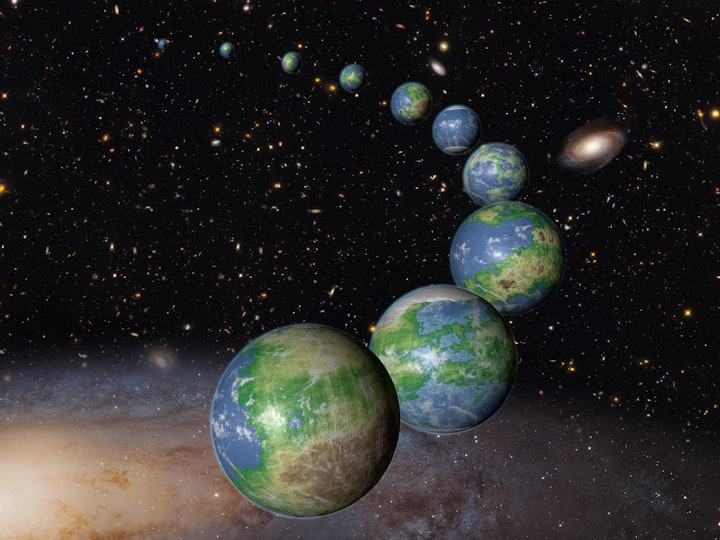UK street artist Luc Waring presents his first digital art exhibition
Pop banalities and social indifference

Thanks to the brand new digital art platform DigitArt that promotes the work of international emerging artists, we have the opportunity to discover the work of UK street artist, Luc Waring.
In a contemporary social climate defined by increasing media presence, online identity and consumerist ambitions, the role of artists and creatives who advocate the ideals of a counterculture is of increasing value. It is the imagination and energy of such individuals that interrupts the routine business of twenty-first century existence in the developed world, of communication and miscommunication, of consumption and depletion. They provide the cultural commodities that, in particular, counterbalance the runaway economic power structures of the time.
Trained at the University of Brighton and currently based in north London, Luc Waring is quickly establishing a reputation as one of the city’s most dynamic young artists. Working with large-scale painting, printmaking and
mixed-media sculpture, his art is driven by a observance of eclecticism and diversity. His practice evokes the jazz-age concerns of improvisation and visual syncopation, incorporating symbolism from the streets, the fashion industry and documentary archives to dramatically reimagine the images we see every day and, as such, take for granted.
His experimentations with, as he calls it, ‘counter-propaganda’ have been widely noted around London. The recent street-art effort known simply as “And then comes diabetes” offered a pointed dialogue with corporate junk food advertising in the otherwise domestic setting of Highbury Grove, north London. This example of art as civil disobedience resonated with local commuters and, most importantly, young people, who would ordinarily have simply absorbed or disregarded the advertising slogan plastered across their urban environment.
In his London studio, Luc works with layers of paint and mixed-media on canvas as an expression of pure energy and human spirituality. Images from advertising and archive photography are incorporated into his finely-crafted print works, leaving neither a celebratory nor critical study of the original images representing fashion, consumerism and politics. Instead, his art seeks to show the viewer what is, in fact, always on show around them.
Luc had his first solo exhibition in Marylebone at the age of 19, proceeding to exhibit in Los Angeles, New York and London. He has also learned his practice on the job, collaborating with Danish artist Kristian Hornsleth, London-based street artist Inkie, and graffiti artist Maximilian Wiedemann.
The exhibited work is looking to critically reflect on everyday imagery and ordinary patterns, which are often used by those in power to promote racist and/or nationalist perceptions in a normalized and harmless context. By combining elements of his Jewish heritage with the primitivist aesthetics of neo-abstract expressionism, he wishes to comment on the current humanitarian crisis that has been affecting the lives of numerous groups of people around the world but has been presented in a manipulative simplistic manner, deprived of any political implications, often focusing on numbers rather than humans.
In the process of approaching his own roots through a contemporary prism, the artist has simultaneously been dealing with gullible cultural signs and representations, which have been (and still are) used as a common method of rendering authoritarian notions historically and politically innocuous. In a nutshell, it is what Hannah Arendt had effectively described back in the 1960s as the banality of evil[1], in an effort to warn humanity to not defy its force and influence in the future. So, in this case, it is the very use of a provocatively lyrical visual language that highlights the significant rise of the far-right, on the one hand, and the fashionable social indifference on the other.

By unraveling how discriminatory and branding symbols may visually coincide, like for instance, the color pallet of the Jewish star and the Mc Donald’s logo, it is shown how easily the market can absolve an image of any politically impactful connotations, and promote propaganda ideas through popular culture. A respective twofold practice is also mirrored in the creative process, where the spontaneity of action painting eventually brings out a multilayered and colorful result, with complex meanings being presented through popular culture forms. This way, the mediative capacity of art is not perceived as a disorienting tool in attractive packaging, but rather as a public arena and a powerful channel to advocate for human rights.
You can visit the virtual tour here & more info about the artist can be found here.






Comments
There are no comments for this story
Be the first to respond and start the conversation.